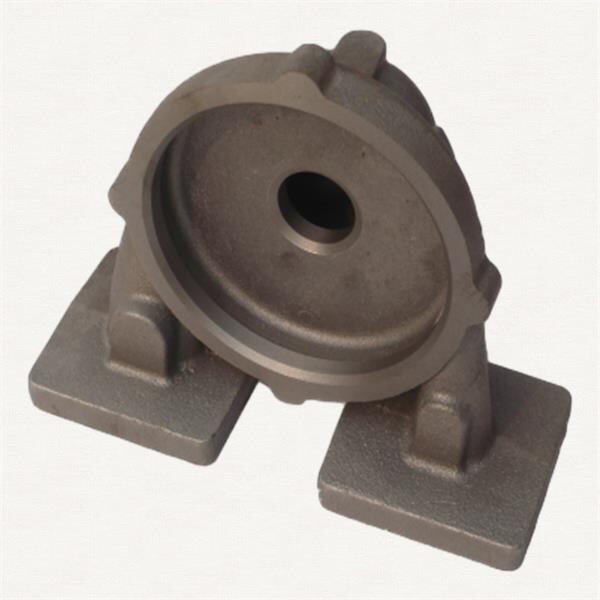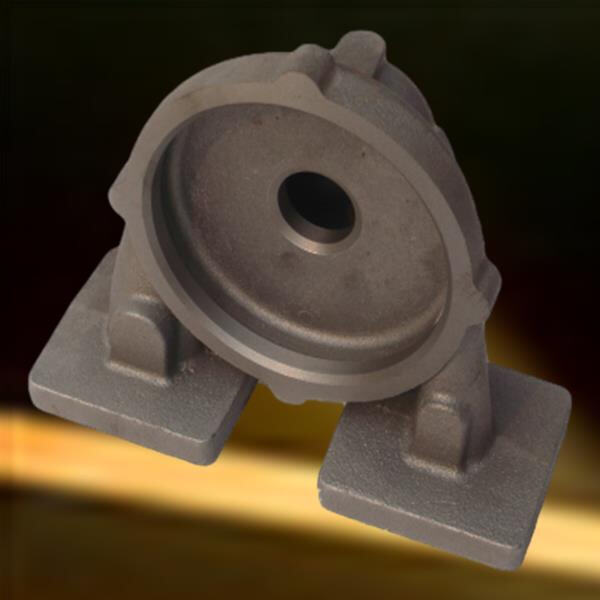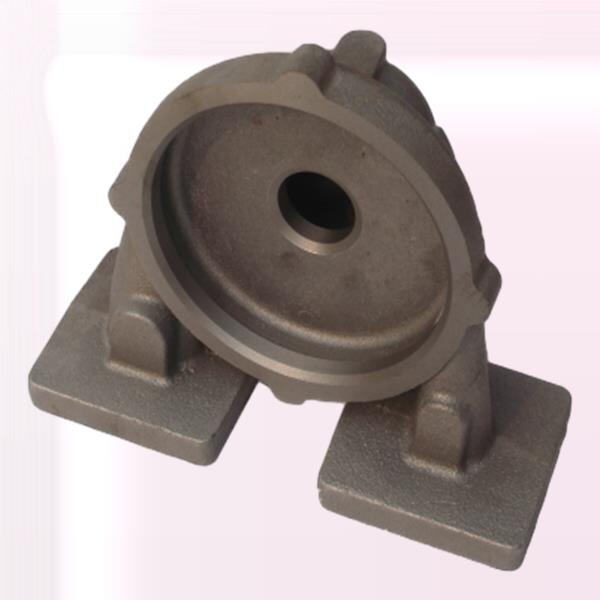IC casting is a new process in the exciting world of making things. IC: IC casting or Investment Casting is a manufacturing process for producing parts with a very high level of detail and precision. Manufacturers can shape and design things easily that regular machines cannot do like using metals and creating an art piece.
Making things with IC casting has plenty of advantages. One major benefit is its ability to produce very accurate and detailed parts. This is highly relevant to fields such as the airplane or car industry where precision is everything. In addition, IC casting produces nicer-looking components, so there is less finishing work needed to complete the parts.

Getting good with IC casting requires manufacturers to go through a process. First they build a wax model of the part they desire. Then they cover this model in a ceramic shell, creating a mold. Then the wax is melted out, leaving a cavity in the form of the part. They fill the mold with hot metal, which fills the form of the original wax model. They then break the ceramic shell after the metal has cooled and hardened to reveal their final metal part.

So much has changed in IC casting world with the new tech. One big shift is making the wax models with 3D printing. Such technology leads to more elaborate designs and lowered lead times, further improving IC casting. In addition, computer programs aid casting as well and help make the process more accurate, resulting in less errors and labor to correct them.

Today in industry, IC casting is highly important as it produces very complex and metal parts with maximum precision. IC casting is employed in a wide variety of applications, from airplane components to medical devices. Fast forward, as long as technology stars continues to improve, so will our ways of using IC casting, ensuring its relevance through manufacturing.
We ic casting our casting factory, achieving the integration of production and trading. Our quality and prices are higher than 90% of manufacturers in the market. We eliminate the middleman and we are able to offer competitive prices and better quality products directly from our factory to our customers.
Our production lines are automated ic casting and surface treatment workshops that work together to provide technical support to support mass production Our manufacturing capabilities allow us to process orders from small quantities to large ones while maintaining the highest quality production standards and efficiency
Over 100 clients have been serviced by us, offering fast ic casting and efficient solutions. We are able to satisfy a wide spectrum of customer needs including full customization or design based customization. Our expertise and experience ensure that every custom project is in line with the expectations of the customer.
Our customer service team is all hours of the day ensuring questions are ic casting within one hour and quotations are given within six hours and customized solutions can be delivered within 12 hours We can respond quickly and professionally to our customers no matter the location or how they reach us

